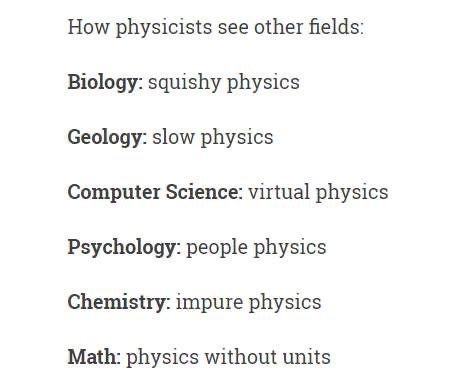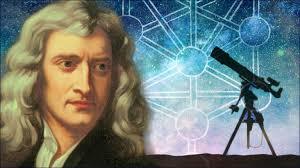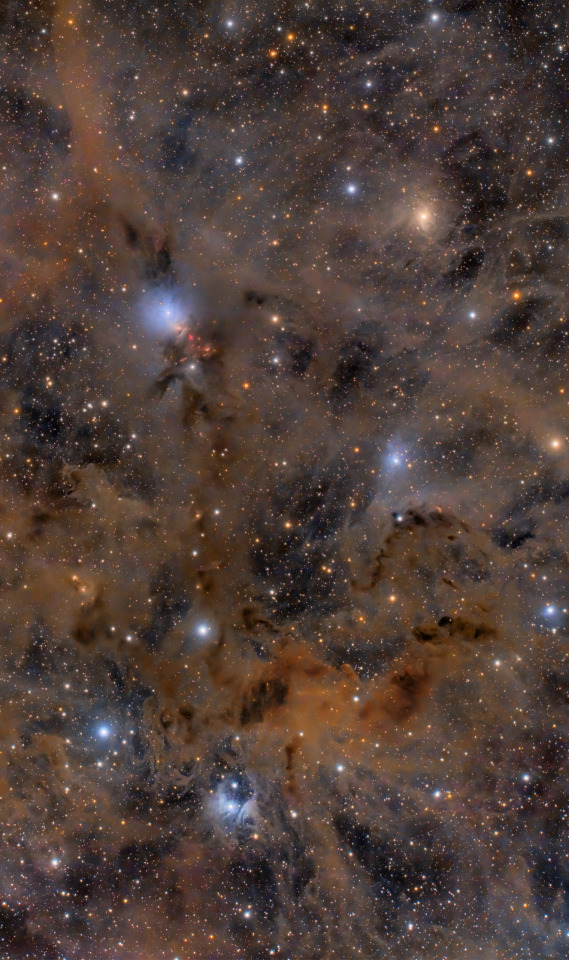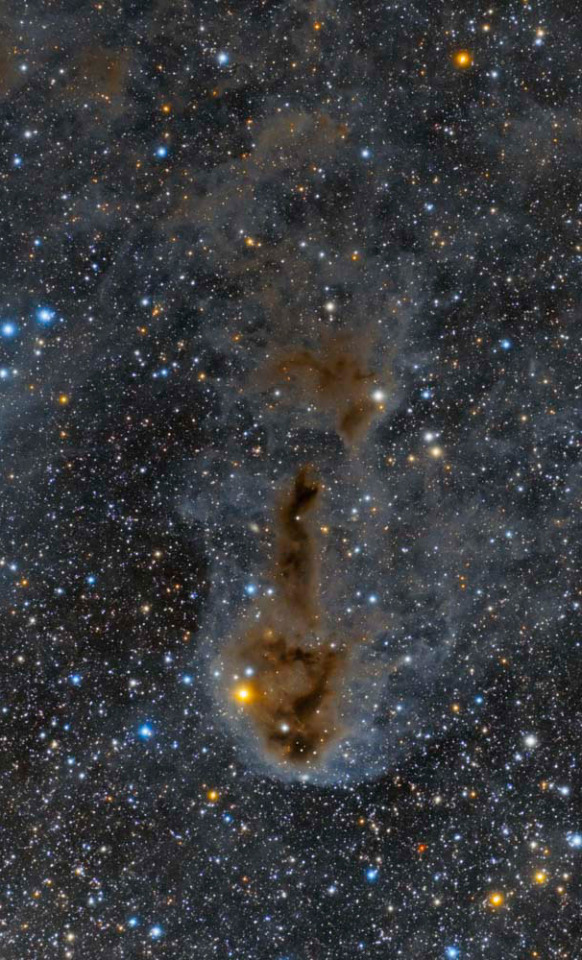astrowizkids
Astronomy. Physics. Stargazing. Access my website here: https://astrowizkids.homesteadcloud.com/blog
34 posts
Latest Posts by astrowizkids
Worm Saliva Breaks Down Tough Plastic
Polyethylene, a durable plastic, is widely considered one of the worst forms of plastic pollution, but chemicals found the saliva of the wax worm may hold the key to breaking it down. One hours worth of exposure to the saliva breaks down the plastic by the equivalent of years worth of weathering.
There are two enzymes responsible for this degradation, and it’s believed that they are the first effective agents found in nature.
Polyethylene comprises 30% of production of a wide range of materials such as pipes, flooring, and bottles. Its hardiness comes from its resistance to oxygen. In order to get oxygen into the plastic, it has to be treated with UV light, but, the wax worms saliva seems to have a similar, if not improved, effect.
Wax worms are well known for destroying honey bee hives, and researchers say that its this ability to destroy hives that may hold the key to their ability to degrade plastics.
The study, published in the journal, Nature, is led by a team of Spanish researchers, who now want to research further into the degradation of polyethylene by wax worm saliva, and hope that one day, people may be able to have a home kit that they can use to breakdown the polyethylene at home.
Source: BBC News, written by Matt Magrath , and, Sanluis-Verdes, A., et al., (2022). Wax worm saliva and the enzymes therein are the key to polyethylene degradation by Galleria mellonella. Nature Communications, 13(1). Available at: https://www.nature.com/articles/s41467-022-33127-w (Accessed: 5th October 2022)

Messier 101 : Big, beautiful spiral galaxy M101 is one of the last entries in Charles Messier’s famous catalog, but definitely not one of the least. About 170,000 light-years across, this galaxy is enormous, almost twice the size of our own Milky Way. M101 was also one of the original spiral nebulae observed by Lord Rosse’s large 19th century telescope, the Leviathan of Parsontown. Assembled from 51 exposures recorded by the Hubble Space Telescope in the 20th and 21st centuries, with additional data from ground based telescopes, this mosaic spans about 40,000 light-years across the central region of M101 in one of the highest definition spiral galaxy portraits ever released from Hubble. The sharp image shows stunning features of the galaxy’s face-on disk of stars and dust along with background galaxies, some visible right through M101 itself. Also known as the Pinwheel Galaxy, M101 lies within the boundaries of the northern constellation Ursa Major, about 25 million light-years away. via NASA
just added a new place to my bucket list


Aurora Borealis dancing in Southern Ontario l Jason O'Young

Moon: The Hunt for Artemis
l Andrew McCarthy & Connor Matherne
bro i can’t come to the phone right now, neptune has a moon that shines like a star.



Cosmic Witch Head © Utkarsh Mishra

Seven Sisters: one of the night sky’s brightest clusters
Neutral good when the question asks for fractions in the answer
Decimals anytime else

Chaotic good - same as my D&D alignment
there is a lot of math in physics . . .

"If you want to be a physicist, you must do three things -first , study mathematics, second, study more mathematics, and third, do the same."
Arnold Sommerfeld
How To Prepare To Go Stargazing
Preparing To Go Stargazing
So you want to go stargazing...and you have the perfect night and location picked out...the question is: What do you bring? What do you wear? Should you bring food? Drinks? Chairs? A backpack?
Well, you've come to the right place. Prepare to have all your questions answered here!
Clothing
Generally, the best nights for stargazing are colder ones or you'll be up at higher altitudes in the middle of the night, so dress cozily! Check the weather forecast before heading out and dress appropriately, with a nice, warm jacket, pants (shorts are probably a no-no), a beanie, and gloves depending on where you're going. It never hurts to have backup extra layers stored in the car as well.
Stargazing Materials
Obviously, bring your telescope! If you don't have one, no worries, you can bring binoculars, borrow a telescope from your nearby observatory, or just go watch the stars with your naked eye--I promise it won't be any less breathtaking.
But if you're planning on bringing your telescope, make sure to bring a beach towel or something else to place your telescope on--a plastic tub as a base works well too for telescopes that don't have tripods. Also, make sure to have something handy to clean your lens with, just in case it gets dusty or windy.
Lights
It's best to avoid looking at your phone or any white lights to help your eyes adjust to the darkness and see the stars better, so pack a red light torch and activate red light on your phone screen so if you need to check your phone for any reason, or to access an astronomy app, you don't blind your eyes with the white light.
Food and Drinks
This is all based on preference, but it's always fun to have a small campfire and roast s'mores while drinking hot chocolate. Depending on how long you plan to be stargazing, prepare drinks (have a few water bottles on hand just in case) and some snacks and have a good time talking, watching the stars, and snacking with others.
Other Essentials
Make sure to have extra power chargers--portable batteries, power tanks, a pack of batteries, etc.--just in case anything runs out of power, especially if you're in a remote location.
A first-aid kit is important because you never know what might happen or when someone will need a band-aid. Keep a small first-aid kit in your car, stocked with (at the very least) band-aids (large and small size), Neosporin, gauze, and clean anti-bacterial wipes.
If it's summertime, it's probably also a smart idea to invest in some mosquito or bug spray, or get bug-repelling bracelets to keep the bugs from spoiling your night.
That's All!
You are set to go stargazing, so get out there and have a fantastic time!

Since I’ve been posting/reposting images that referencing the James Webb Space Telescope, I thought I’d add some comments (from Wikipedia) about it.
JWST was launched on December 25, 2021 is intended to succeed the Hubble. It’s first images were released on July 11, 2022.


Paraphrased from Wiki, “JWST was is a designed to conduct infrared astronomy. Its the largest optical telescope in space with greatly improved resolution and sensitivity that allows it to view objects too old, distant, or faint for the Hubble Space Telescope. “

Webb's First Deep Field image of galaxy cluster SMACS 0723 (released on 11 July 2022)
can't tell which is more confusing: random names that don't really follow a pattern but are relatively easy to learn and remember OR random set of numbers and letters that sometimes make sense but is impossible to remember


“How to Identify that Light in the Sky ” Is the NASA Astronomy Picture of the Day of today, November 14, 2021
Best Conditions for Stargazing
Stargazing
So you want to go stargazing...but when...and where?
Follow what I call the 3 C's:
1. Clear skies
You definitely want to go stargazing only when the night skies are clear because otherwise, you won't be able to see anything. What does it mean to be clear? Well, you want to make sure that the stars are easily visible and there's no dust, moisture, or anything else that could make the stars hazy or difficult to see. Another important thing to think about is the brightness of the moon; if the moon is too bright it might outshine the stars and make them harder to view--that's why New Moons are optimal times to go stargazing.
2. Close to sky
Stargazing is best done high up and closer to the stars, and far, far away from city lights. Light pollution can seriously ruin your experience, so plan ahead and go somewhere high up and with low levels of light pollution. Locations good for stargazing usually include mountains, the tops of buildings, and beaches (usually the cliffs by the ocean are great).
3. Cold air
This isn't a requirement, but generally, visibility is better during the winter when the air is cold and the Artic sends cleaner air southwards. Plus, you can bring hot chocolate and roast s'mores!
Pro tip: Google good locations in your area to go stargazing--your five minutes of google searching will definitely pay off!
SQUISHY PHYSICS- I-


There is literally nothing that can compete with how satisfying cancelling down an equation is
Double slit experiment gives me the chills...
Tried to understand the double slit experiment to understand Schrodinger's cat...I either got more confused and understand nothing or I understand it perfectly. It's one or the either. Or both. It might be both. It's probably both. I think it's both.

Psychology 😂
Physics: i mean you could technically lick a pulley (might be harder if it's moving) jkjk
Software engineering hits a little bit too close to home
Astronomy...why can i not disagree with this statement 😂

Astronomy I-

Jupiter’s innards are full of the remains of baby planets that the gas giant gobbled up as it expanded to become the behemoth we see today, scientists have found. The findings come from the first clear view of the chemistry beneath the planet’s cloudy outer atmosphere.
Despite being the largest planet in the solar system, Jupiter has divulged very little about its inner workings. Telescopes have captured thousands of images of the swirling vortex clouds in the gas giant’s upper atmosphere, but these Van Gogh-esque storms also act as a barrier blocking our view of what’s below.
“Jupiter was one of the first planets to form,” in the first few million years when the solar system was taking shape around 4.5 billion years ago, lead researcher Yamila Miguel, an astrophysicist at Leiden University in The Netherlands, told Live Science. However, we know almost nothing for certain about how it formed, she added.
In the new study, researchers were finally able to peer past Jupiter’s obscuring cloud cover using gravitational data collected by NASA’s Juno space probe. This data enabled the team to map out the rocky material at the core of the giant planet, which revealed a surprisingly high abundance of heavy elements. The chemical make-up suggests Jupiter devoured baby planets, or planetesimals, to fuel its expansive growth.
Continue Reading.
Modeling the merger of a black hole with a neutron star and the subsequent process in a single simulation
Using supercomputer calculations, scientists at the Max Planck Institute for Gravitational Physics in Potsdam and from Japan show a consistent picture for the first time: They modeled the complete process of the collision of a black hole with a neutron star. In their studies, they calculated the process from the final orbits through the merger to the post-merger phase in which, according to their calculations, high-energy gamma-ray bursts may occur. The results of their studies have now been published in the journal Physical Review D. Almost seven years have passed since the first detection of gravitational waves. On September 14, 2015, the LIGO detectors in the U.S. recorded the signal of two merging black holes from the depths of space.
Since then, a total of 90 signals have been observed: from binary systems of two black holes or neutron stars, and also from mixed binaries. If at least one neutron star is involved in the merger, there is a chance that not only gravitational-wave detectors will observe the event, but also telescopes in the electromagnetic spectrum.
When two neutron stars merged in the event detected on August 17, 2017 (GW170817), about 70 telescopes on Earth and in space observed the electromagnetic signals. In the two mergers of neutron stars with black holes observed so far (GW200105 and GW200115), no electromagnetic counterparts to the gravitational waves were detected. But when more such events are measured with the increasingly sensitive detectors, the researchers expect electromagnetic observations here as well. During and after the merger, matter is ejected from the system and electromagnetic radiation is generated. This probably also produces short gamma-ray bursts, as observed by space telescopes.
For their study, the scientists chose two different model systems consisting of a rotating black hole and a neutron star. The masses of the black hole were set at 5.4 and 8.1 solar masses, respectively, and the mass of the neutron star was set at 1.35 solar masses. These parameters were chosen so that the neutron star could be expected to be torn apart by tidal forces.
“We get insights into a process that lasts one to two seconds—that sounds short, but in fact a lot happens during that time: from the final orbits and the disruption of the neutron star by the tidal forces, the ejection of matter, to the formation of an accretion disk around the nascent black hole, and further ejection of matter in a jet,” says Masaru Shibata, director of the Department of Computational Relativistic Astrophysics at the Max Planck Institute for Gravitational Physics in Potsdam. “This high-energy jet is probably also a reason for short gamma-ray bursts, whose origin is still mysterious. The simulation results also indicate that the ejected matter should synthesize heavy elements such as gold and platinum.”
What happens during and after the merger?
The simulations show that during the merger process the neutron star is torn apart by tidal forces. About 80% of the neutron star matter falls into the black hole within a few milliseconds, increasing its mass by about one solar mass. In the subsequent about 10 milliseconds, the neutron star matter forms a one-armed spiral structure. Part of the matter in the spiral arm is ejected from the system, while the rest (0.2–0.3 solar masses) forms an accretion disk around the black hole.
When the accretion disk falls into the black hole after the merger, this causes a focused jet-like stream of electromagnetic radiation, which could ultimately produce a short gamma-ray burst.
Seconds-long simulations
It took the department’s cluster computer “Sakura” about 2 months to solve Einstein’s equations for the process that takes about two seconds. “Such general relativistic simulations are very time-consuming.
That’s why research groups around the world have so far focused only on short simulations,” explains Dr. Kenta Kiuchi, group leader in Shibata’s department, who developed the code. “In contrast, an end-to-end simulation, such as the one we have now performed for the first time, provides a self-consistent picture of the entire process for given binary initial conditions that are defined once at the beginning.”
Moreover, only with such long simulations the researchers can explore the generation mechanism of short gamma-ray bursts, which typically last one to two seconds.
Shibata and the scientists in his department are already working on similar but even more complex numerical simulations to consistently model the collision of two neutron stars and the phase after the merger.
I wish I could just invent an entire branch of mathematics just because I needed it to perform other experiments...
Isaac Newton invented calculus to perform his other experiments

Influenced by Galileo & Kepler, Newton became the father of physics














